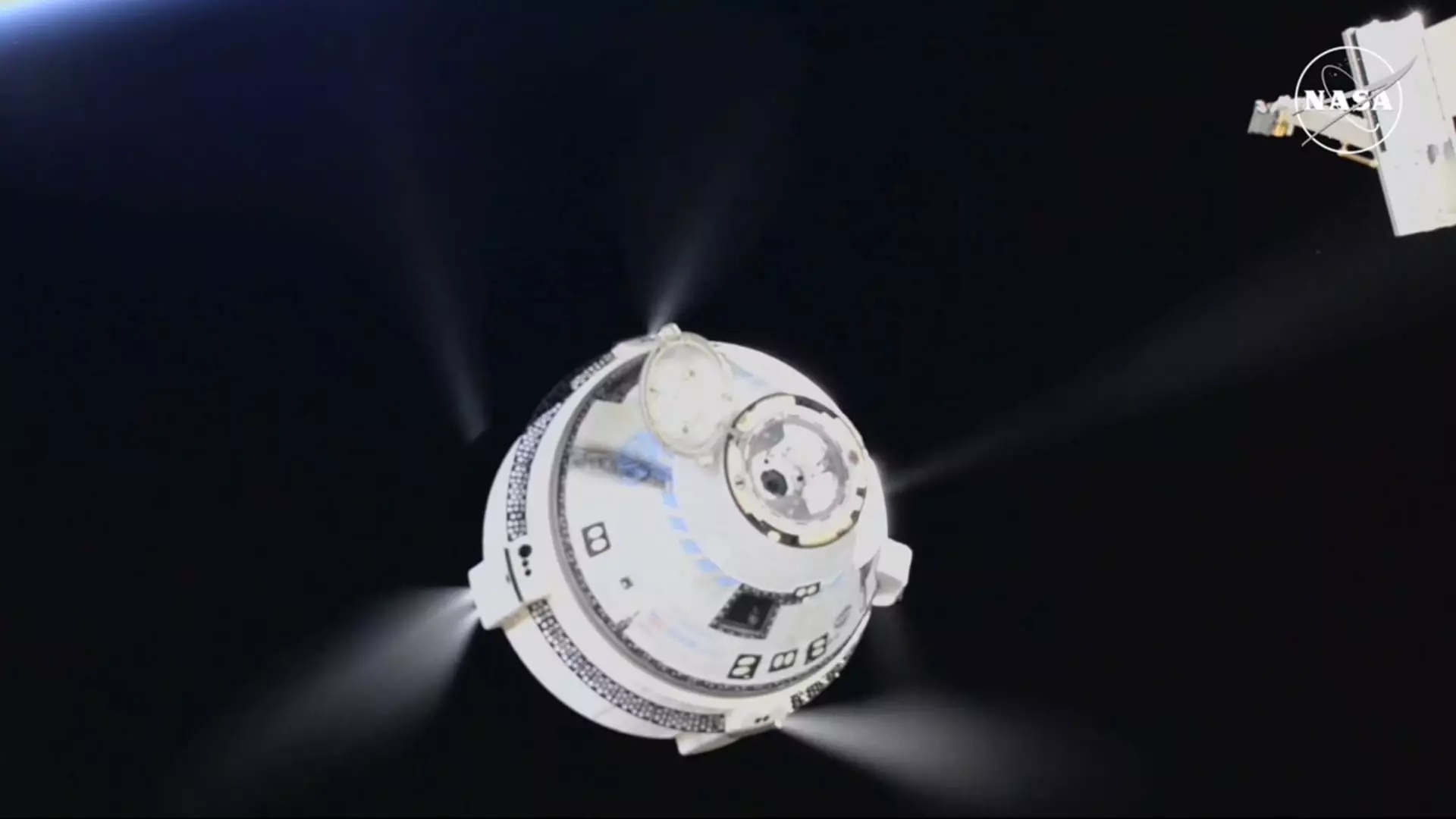The recent undocking of Boeing’s Starliner spacecraft from the International Space Station (ISS) highlights the complexities and challenges involved in modern space missions. Initially scheduled to return months earlier, the Starliner made a departure that deviated significantly from NASA’s expectations. Notably, it did so without the two astronauts it once transported, leaving them behind to continue their research aboard the ISS. This shift raises critical questions about the reliability of Boeing’s spacecraft and the future of NASA’s Commercial Crew Program.
The Return Journey: A Critical Assessment
On the evening of the undocking, the Starliner, named “Calypso,” exited the ISS at 6:04 p.m. ET, beginning a six-hour journey to Earth. NASA officials had to modify the undocking procedures since no crew members were present to intervene manually if technical problems arose. The empty Starliner landed at White Sands Space Harbor in New Mexico at 12:01 a.m. ET Saturday, marking the end of an unprecedented test flight. The initial timeline had envisioned a mere nine-day mission that expanded to nearly three months, raising concerns about the reliability and safety of the spacecraft.
The decision to send Starliner back without its astronauts was heavily scrutinized. Despite Boeing’s claims that the spacecraft was safe for crewed transport in emergencies, NASA’s decision suggests a deeper issue. The agency wanted to comprehensively analyze the spacecraft’s propulsion system problems before proceeding. Such caution, while prudent, signifies a loss of confidence in a spacecraft initially designed to facilitate regular transport to the ISS.
The Implications of Extended Delays
The implications of this prolonged mission extend beyond mere inconvenience. With over $1.5 billion already absorbed in losses connected to the Starliner project, Boeing finds itself at a critical juncture. The uncertainty surrounding the spacecraft’s operational capacity could hinder Boeing’s chances of competing effectively against SpaceX within NASA’s Commercial Crew Program. The potential for a singular provider, rather than two competitive companies, could stifle innovation and increase risks for future missions to the ISS.
Furthermore, the situation invokes questions about accountability in high-stakes aerospace projects. Boeing’s test flight outcomes not only reflect on the company but also impact the broader community of engineers and scientists dedicated to advancing human and robotic space exploration. Any shifts in program viability could slow down overall progress in commercial spaceflight as well.
As Boeing’s Starliner concludes its turbulent voyage, the stakes for future space missions loom large. The lessons learned from this extended test flight will likely echo through the halls of NASA and beyond, influencing the trajectory of human spaceflight in the years to come. While the return of Starliner marks a significant milestone, it is essential to address its challenges head-on to ensure safe and reliable transport for astronauts in future missions. As NASA continues its partnership with private entities like Boeing and SpaceX, a renewed focus on safety, reliability, and operational efficiency will be paramount for the success of these endeavors.

